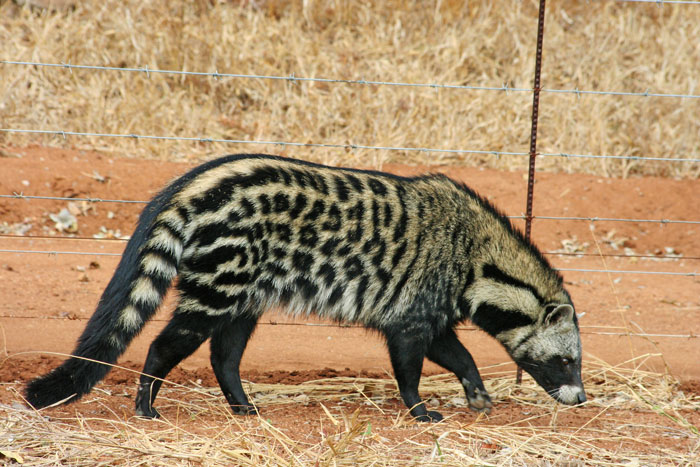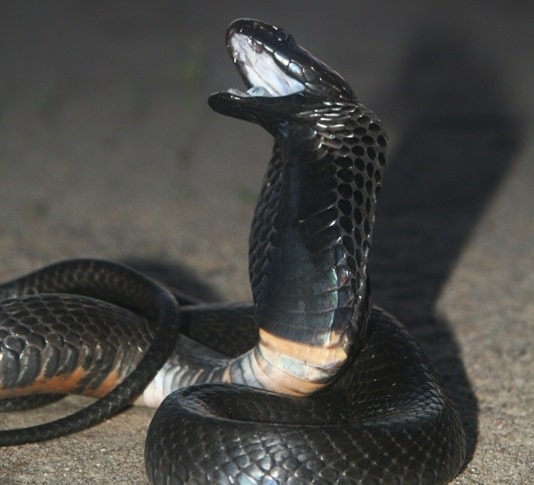
In Awka, the capital city of Anambra State, where I grew up, there weren’t many bushes.
We rarely saw young boys in groups of 10 or 12, carrying machetes and sticks and chanting hunting songs, their ekuke dogs puffing along with them. This was a common sight in my hometown.
On the occasions we visited, during festivities or special family events, I would see the boys and long to join them. But they usually would refuse.
“You don’t know how to hunt,” they would say. “You can’t run.”
There was one afternoon they passed me and my grandmother on their way home. They called my grandmother “Nne ochie” and greeted her with respect. My grandmother hailed them too and asked them what they had caught.
“Edi, Nne.”
“Edi abali?!” Surprise spread over grandmother’s face. They came close and showed her their bag. My grandmother touched the dead beast and showed even more surprise.
“Kwaa ka oha – look how big it is” – my grandmother shined her teeth.
I saw the animal too, a spotted furry beast with jagged teeth. Its mouth was heavily stained with blood.
“Une melu ofuma – you all have done well,” my grandmother told them.
“Thank you, Nne.”
“Your parents will be proud,” my grandmother added as the boys walked away.
As they left, I asked my grandmother what “edi” is.
“Nkita oha,” my grandmother said. “Nkita oha” translates to “wild dog”.
But my grandmother was wrong. As I grew older and studied more biology, I came to realize the animal I saw in the hunters’ bag that day was not a canine.
It was actually a civet, not a wild dog. “Edi” is a civet. Or maybe the name is used interchangeably, especially since the African wild dog (Lycaon pictus) is also found in sub-Saharan Africa (though rarely ever in Nigeria).

Image: The African civet (Civettictis civetta) is the largest species of civet in Africa and has been known to grow to up to 5kg in size.

Image: Unlike civets which are solitary, wild dogs are social and gather in packs. There have been cases of a pack of African wild dogs numbering over 20.
Among the Igbos, it is very common to call anybody found to be sleeping too much “edi”. And this reference is not far-fetched. The African civet is nocturnal and spends most part of the day sleeping. This is why it is called “edi abali”.
The civet has a distinctive marking. It has a dense greyish fur covered in patches of black and white.
One would think the African civet would be strictly carnivorous. It is not. The African civet is an omnivore, preying on small mammals (mostly rodents), eggs, termites and a wide range of other insects and fruits and berries.
The civet also feeds on reptiles, even venomous snakes like the black-necked spitting cobra (Naja nigricollis).
Some Igbos call this snake “avu ana” in reference to its venom-spitting behaviour. The cobra is especially dangerous because of its highly potent cytotoxic venom and diurnal behaviour. The civet has found a way to kill and chew the cobra without getting hurt.

Image: A black-necked spitting cobra (Naja nigricollis)
The major threat to the life of the African civet is local hunting. Civet meat is priced bushmeat, making it a top target for local hunters.
The African civet is also hunted for a waxy substance it secretes. This substance is called civetone and has been used as a perfume ingredient for centuries.



Longest time. DNB fams!